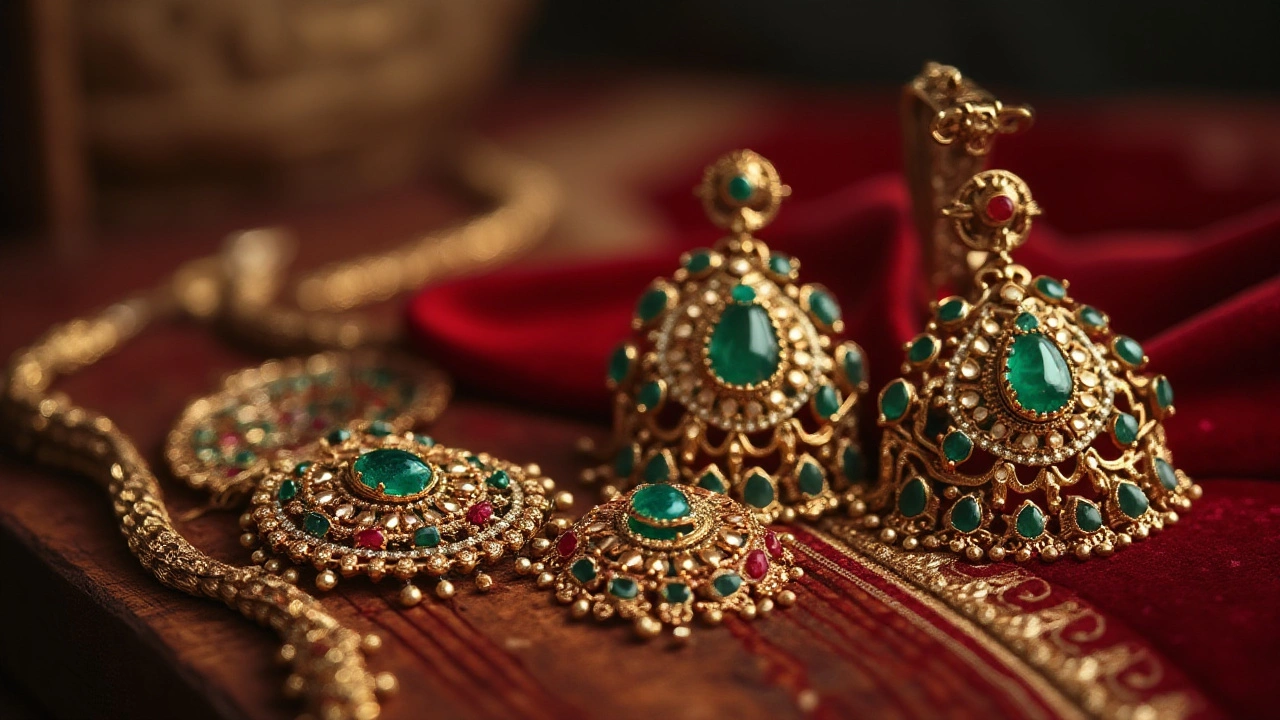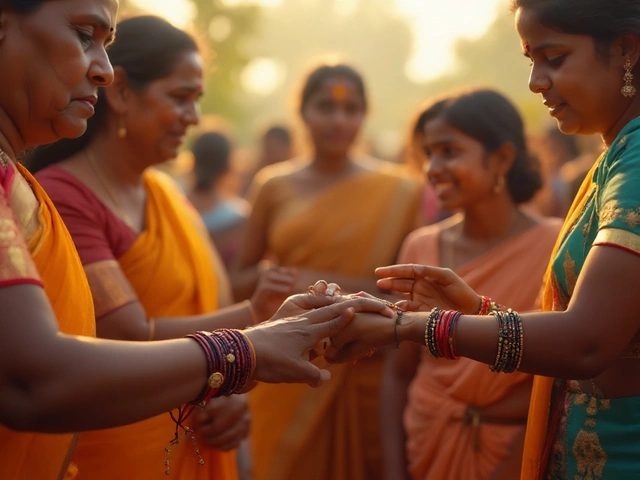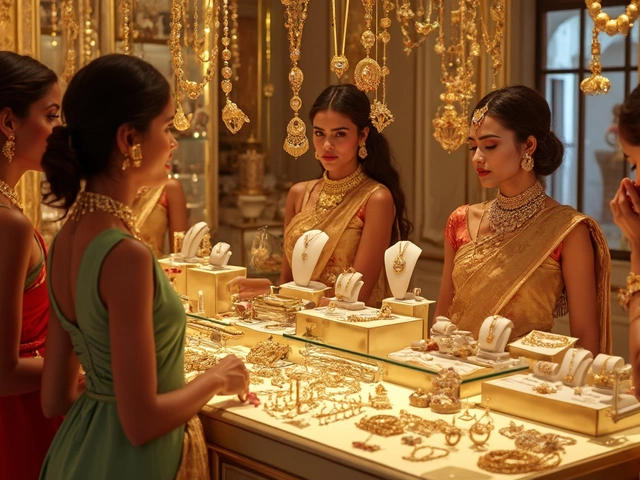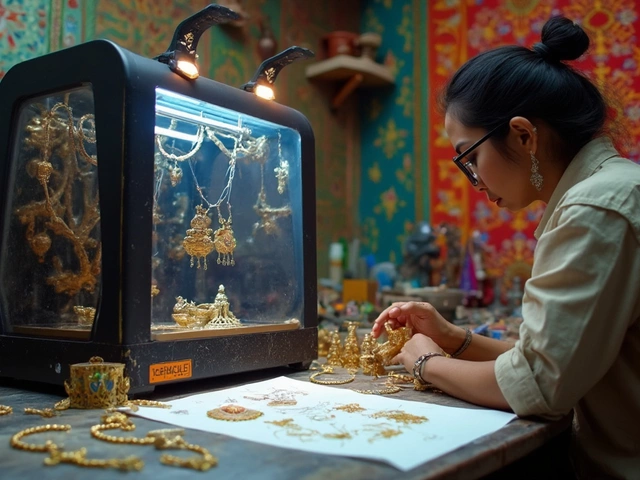Antique Design: Spotting Authentic Classic Jewellery
If you’ve ever wondered why some pieces feel timeless, it’s all about antique design. Those old‑world details—hand‑engraved motifs, patina, and historic hallmarks—set antiques apart from modern copies. Knowing the basics helps you avoid fakes and appreciate the craftsmanship.
What Counts as Antique Jewellery?
In India, jewellery is generally called antique when it’s at least 75 to 100 years old. That age line isn’t set in stone, but most experts agree anything from the late 1800s to early 1900s qualifies. Look for marks like “BIS 925” on silver or old government stamps on gold; they tell you the piece was made before modern regulations.
Style clues also matter. Antique designs often feature traditional Indian motifs such as peacocks, lotus, or intricate filigree work done by hand. The metal will show a natural wear pattern, not a polished shine you see on new pieces.
How to Tell If a Piece Is Truly Antique
First, check the weight. Antique gold is usually heavier because it’s solid, not hollow or plated. Then, do a magnet test: genuine gold and silver won’t be attracted, while many cheap imitations are.
Next, examine the hallmarks. Old stamps are often worn or slightly off‑center. If you’re unsure, a jeweller can read the tiny numbers for you. Finally, ask about provenance—documents, old photos, or family stories can add credibility.
When you buy antique jewellery, think about care. Because these pieces have aged, they’re more delicate. Store them in a soft pouch, avoid harsh chemicals, and clean with a mild cloth rather than abrasive cleaners. A quick visit to a trusted jeweller for polishing can keep the patina looking purposeful, not worn out.
Where to find authentic antique designs? Trusted dealers, reputable auctions, and specialty stores like RH Jewellers India curate collections with proper verification. Online listings are convenient, but always look for clear photos of hallmarks and a return policy.
Why collect antique jewellery? Besides the beauty, these pieces often hold cultural stories and can appreciate in value over time. A well‑kept antique gold necklace, for example, may fetch a higher price than a brand‑new piece of similar weight.
Ready to add an antique design to your wardrobe? Start with a classic piece that matches your style—perhaps a gold jhumka with traditional filigree or a silver mangalsutra featuring black beads. These timeless items pair well with both ethnic wear and modern outfits.
Remember, the joy of antique jewellery isn’t just about ownership; it’s about connecting with history. Each design carries a story from a bygone era, and when you wear it, you continue that legacy.
Unveiling the Value of Vintage Jewelry: Investment or Illusion?
Vintage jewelry isn't just a piece of the past—it’s a bridge to different eras, styles, and craftsmanship that attracts collectors and investors alike. Over the years, many have wondered if these sparkling gems and ornate pieces truly hold their value or if they're simply nostalgic collectibles. This article delves into the factors influencing the worth of vintage jewelry, providing insights into trends and market demands, and offering tips for those looking to invest or collect timeless treasures. Learn why some pieces soar in value while others languish, and discover what makes vintage jewelry a potentially wise investment.





